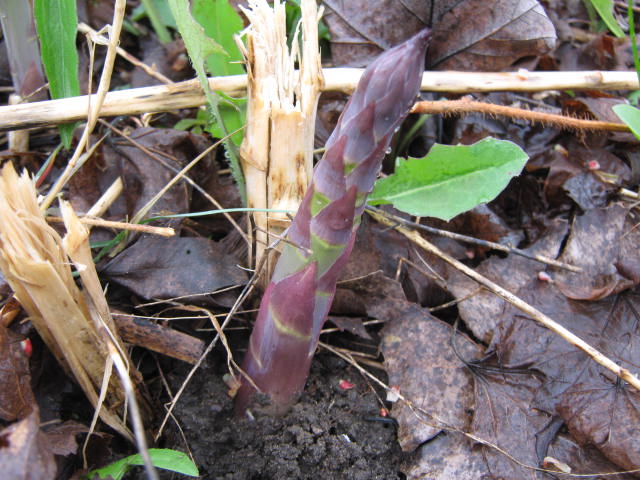Earlier in the season I mentioned that we were growing a few heirloom bean varieties.
The results are in. It turns out that the differences between varieties were pretty dramatic. ‘Chabarowsky’ beans out-performed all the rest of the varieties by a wide margin.
The seeds germinated and grew vigorously in the dry sandy soil in that part of the garden.
Chabarowsky has a climbing habit which makes it a pole bean type. I grew ours on a length of farm fencing so they were very easy to pick.
The beans themselves, when I picked them at the optimum time for green beans had no strings in the pods. They were simple to prepare for cooking. The rest of the varieties all needed to be “stringed” first. To be fair though, all of these varieties are grown primarily for dry beans, so picking them for green beans was not the best use for them.
On the other hand Chabarowsky beans have an excellent taste when cooked green.
I’ve picked quite a few green beans from the vines, now it’s time to let them grow and mature into dry beans. It takes about six weeks from the time the beans are in the edible stage until they will be mature enough to harvest for seed or dry beans.
Chabarowsky will eventually produce white beans that look kind of like over-sized navy beans. Even though the vines are loaded with pods, there’s no way they will produce enough to make more than one batch of bean soup. Most of the beans will be used for seed. I’ll save some for planting next year and share the rest. I am curious however, how the dry beans taste.
Even though the Chabarowsky variety did well in my garden with its sand and low pH, it may not perform well in someone else’s garden. That’s why there were so many different seeds saved and passed down by generations of gardeners. The best performers in specific locations eventually became heirloom varieties.
Bob




